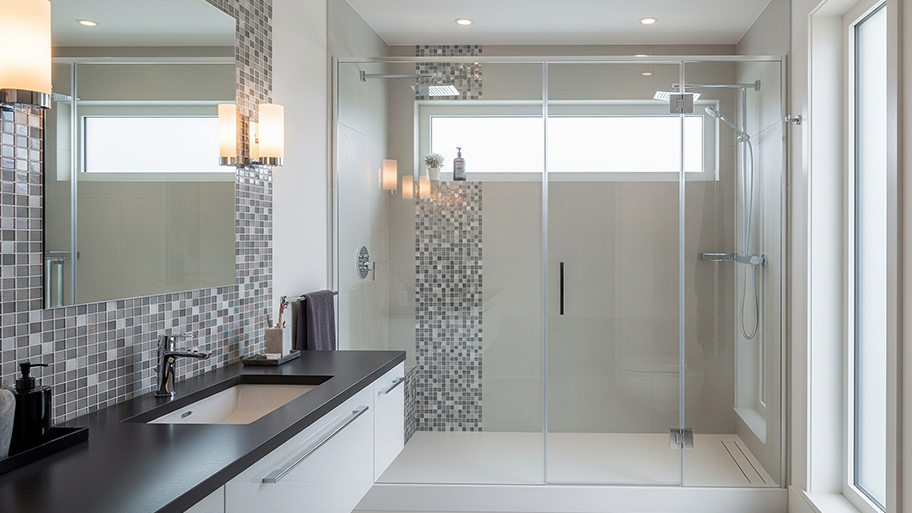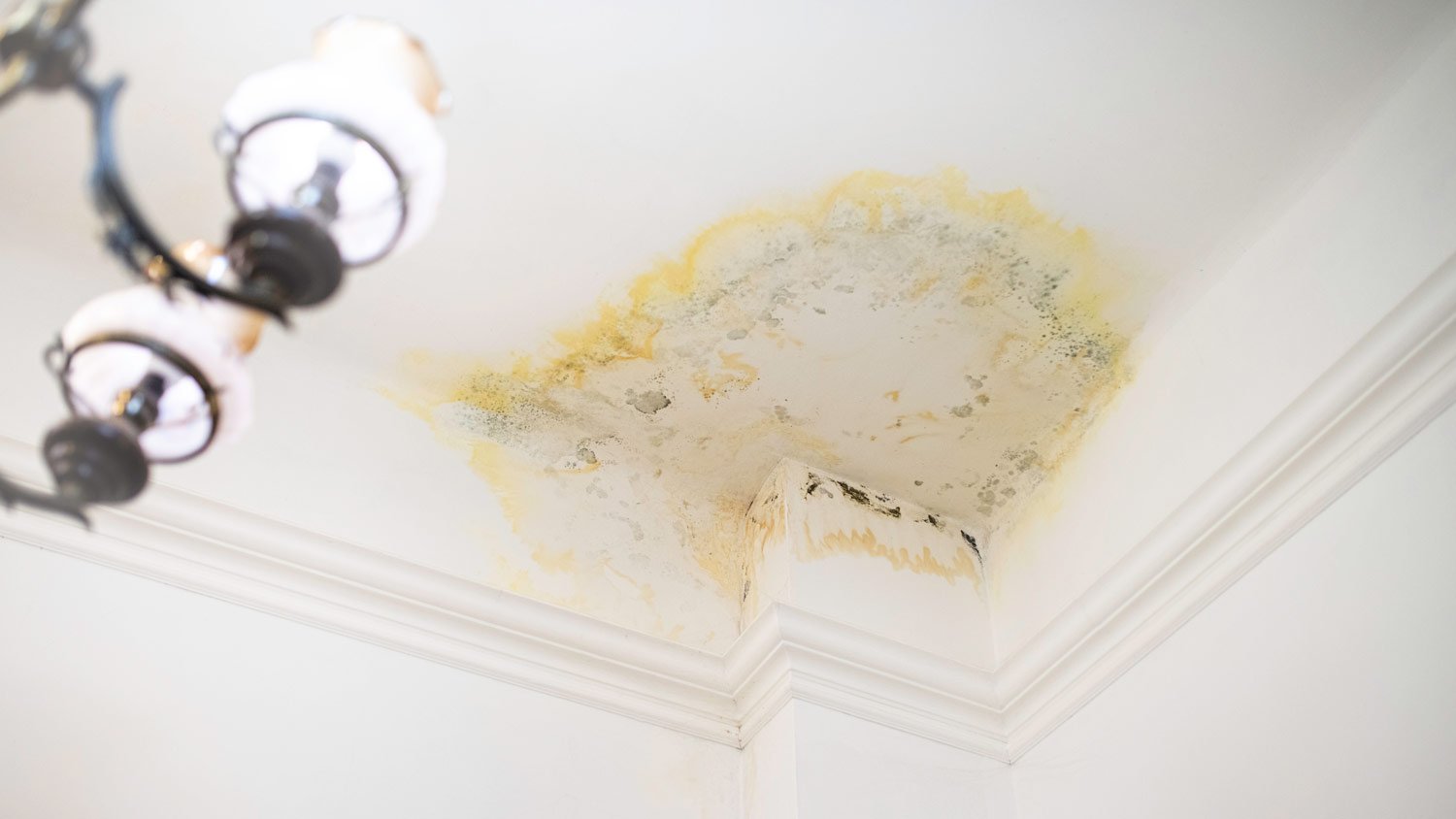
Ozone treatment can help with lingering smoke odors. Learn about ozone smoke removal costs to get an accurate idea of how to budget for this service.
Water damage is no match for your baseboard replacing skills


After minor flooding in your home, you may be left with warped, swollen, discolored, or deteriorating water-damaged baseboards. Fortunately, replacing them is a straightforward process you can tackle as a DIY project in an afternoon. Learn how to fix water-damaged baseboards with our step-by-step guide.
When water damage is discovered, turn off the power and disconnect all electronic devices from any affected area.

First, you’ll need to remove the damaged baseboard. Use a utility knife to cut through the old caulk between the baseboard and wall. Then, using a putty knife, gently pry the old baseboard away from the wall. Most baseboards are affixed to the wall using finish nails, but some may be glued or adhered, so use caution to avoid damaging the wall.
Next, ensure the wall behind the damaged baseboard is dry and undamaged. If any moisture remains, allow the area to fully dry before moving to the next step. Mold can grow quickly—it only takes one to two days for mold to start to grow, so you want to avoid trapping moisture behind the new baseboard. If the wall behind the baseboard is damaged, repair the water-damaged wall plaster or drywall before installing the new baseboard.
Once you’re sure the wall is fully dry, measure and cut a new length of baseboard. Measure with a measuring tape several times before making your cuts with a backsaw or miter saw. Don’t forget to account for any angles that may be cut into baseboard corners.
Place several small dots of caulk along the back of the baseboard. Drill pilot holes through the baseboard, and then use finish nails and a hammer to attach the baseboard to the wall. Caulk corner seams are where the baseboard meets the wall with paintable caulk, and the caulk is let dry according to the manufacturer’s instructions.
Once the caulk is dry, prime and paint the baseboard to match the existing baseboards. Allow for drying time between coats for the best finish.
Avoid these mistakes homeowners make when fixing water-damaged baseboards:
Not finding and fixing the source of the water damage
Ignoring signs of mold growth
Not allowing the wall to fully dry before replacing baseboards
Flooring is the surface most commonly affected by water damage, accounting for about 25% of repair visits, followed closely by walls and windows. Since baseboards are the meeting point between your floor and walls, they’re especially susceptible to water issues. Ceilings and roofs are also typical locations to find water damage.
If you’ve had significant flooding or notice signs of water damage to your floors, walls, or ceilings, contact a local water damage restoration pro to return your home to its original condition. Hiring a water damage restoration company will ensure all damage is identified and repaired and can prevent future problems caused by water damage. Water damage restoration costs will depend on the severity of the damage, the size of the damaged area, and what materials and items need to be repaired or replaced.
From average costs to expert advice, get all the answers you need to get your job done.

Ozone treatment can help with lingering smoke odors. Learn about ozone smoke removal costs to get an accurate idea of how to budget for this service.

Water damage restoration costs depend on the severity of the problem, the type of water, and the length of time the damage has been occurring.

Fire hydrant costs might not be an expense you think about day-to-day, but they’re important to consider for the safety of your home.

Smoke smells can linger in your home for months or years. Learn 10 ways to get smoke smell out of your house for good.

That plumbing leak in your home may just be the start of your issues. Learn how fast mold can grow after water damage and how to prevent it.

Read about the most common signs of basement water damage, including water stains, mold growth, and foundation cracks, so you can prevent costly repairs.